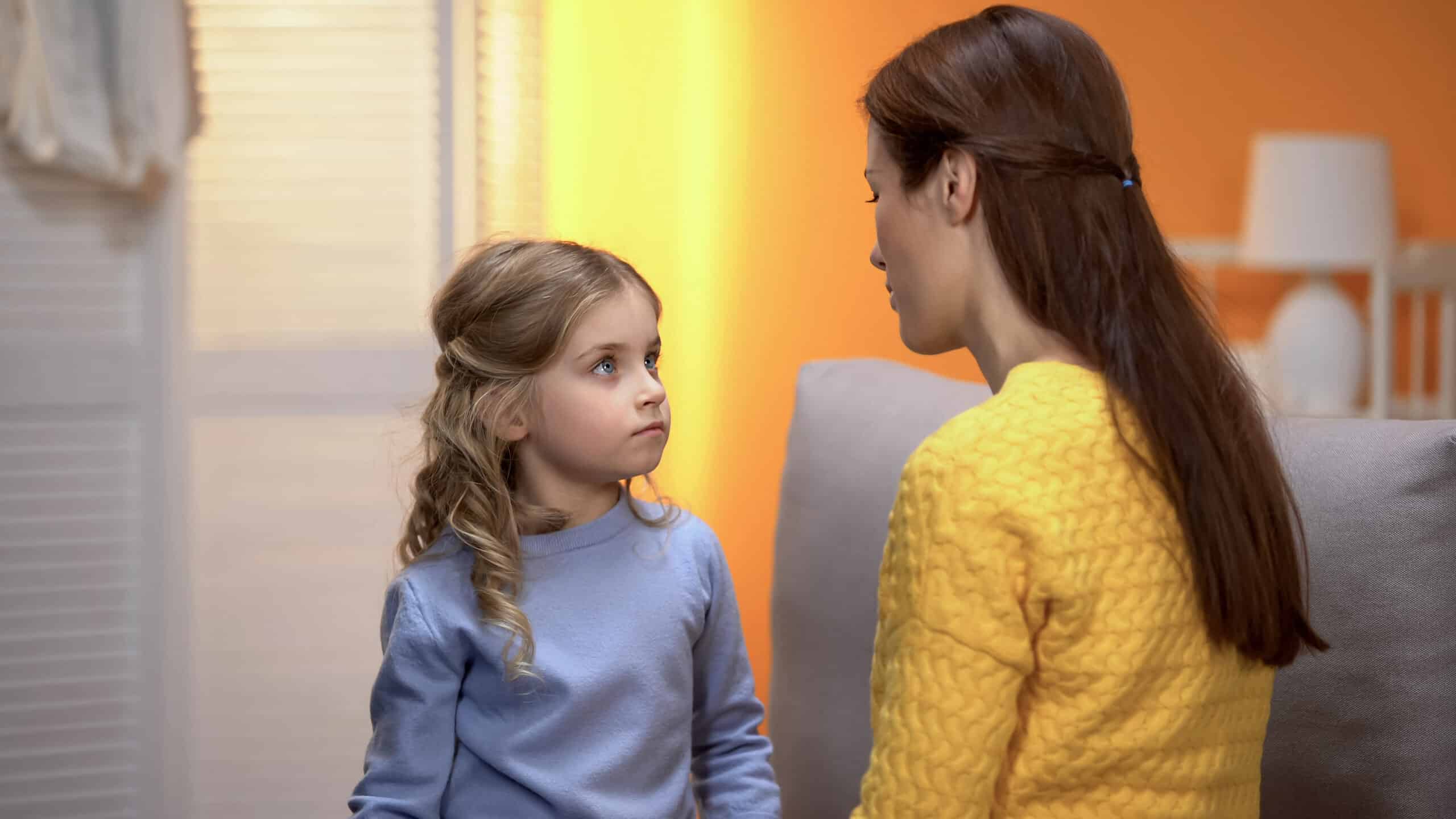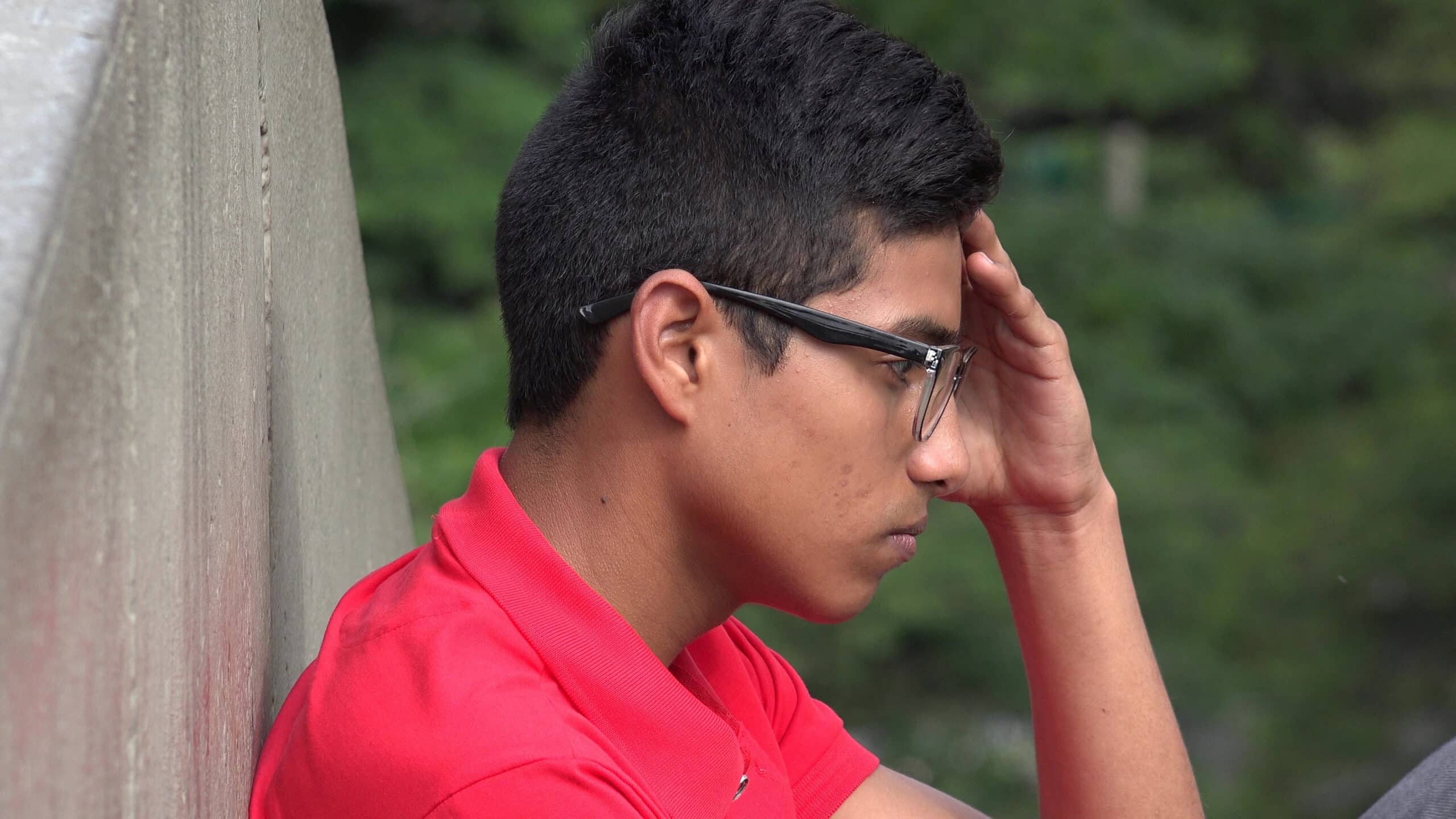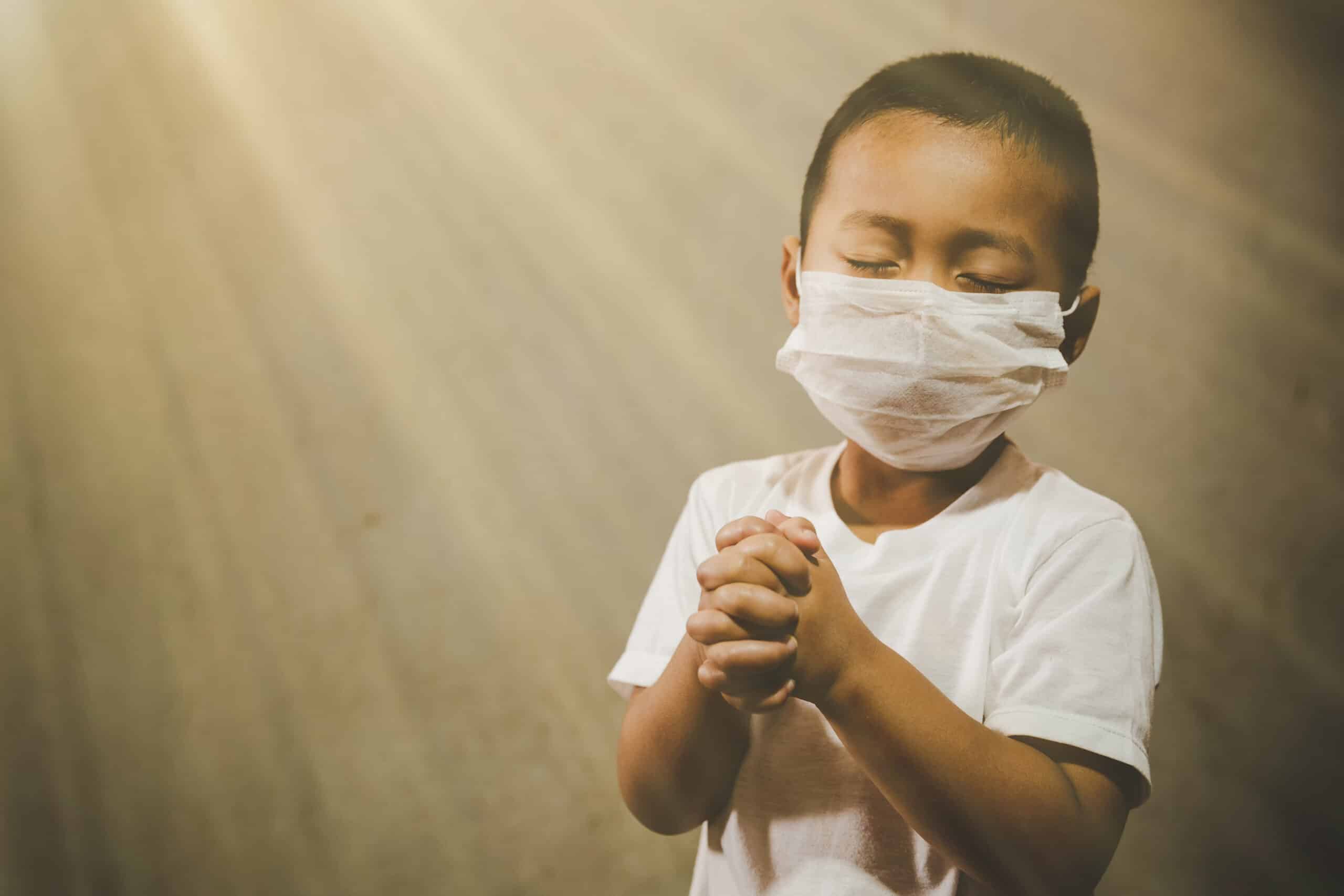As we are preparing for a new normal with smaller groups and masked faces, anxiety in children may rise. Add to that the “Don’t touch that,” and, “Don’t hug them,” commands, and we are creating a world filled with uncertainty where what was right and polite before has become wrong and inconsiderate.
“Isn’t ‘Pandemic’ a game we played that’s in our game closet?” asked my 8 year-old. “Yes, but I’m not talking about the game – I’m trying to explain why we can’t go to all the places we used to these days,” I answered. And so began a discussion as to why our days had changed so much. Gratefully, I didn’t have to explain in great detail, as my daughter wasn’t asking for this, but I did need to help her understand that our entire lives will require adaptations as we learn about new government directions to move out of this time of sheltering in place.
Our children are taking their cues from us as to how serious and scary the big world is out there. They may hear about friends, family or church members who have fallen ill. They may wonder if they will get sick themselves. And their wonderings are not theirs alone, if we’re honest. I’m sure most adults too, have had to give careful consideration to health and the fragility of life in the past few months. If you’d asked me six months ago how much I thought of my or my neighbour’s and family’s potential sudden death due to a virus that brought about serious pneumonia, I would have laughed it off as a silly question.
So, what can a parent do to allay a child’s fears? Here are 4 ways that have helped our family deal with the stress and anxiety of entering the post COVID-19 world.
1. Empower through information
A practical thing we can do is to empower our kids to action. We can teach them even the very basics of science and explain that there are a number of things we can actually do to prevent ourselves from getting sick. And there are things we can do to help ourselves survive if we do get sick. We teach them about hand-washing, and show them you-tube videos of what happens when someone sneezes (against a dark background). We can explain to them news stories that are based on scientific research that might show neutral things (not to heighten fear or drama, but just some helpful facts), like how higher vitamin D absorption led to shorter virus duration. We can explain how good nutrition has an impact on how we experience disease. Some of these lessons may pay lasting dividends if they take a greater interest in their own health and hygiene.
2. Give honest answers
In our home we discuss current news and events, and mention things such as ‘quarantine’ and ‘shelter-in-place’ orders. Much of this vocabulary is new and unfamiliar, and children, if they are comfortable enough, ask questions. How might we guide them, lovingly, and confidently, when we ourselves might find the things going on in the world somewhat scary? Some will accept simple explanations: “We wear a mask because our State Governor has asked that we do this.” Or, “People are wearing masks because it is a way of making others more comfortable because we and they can breathe out tiny particles that might get us or them sick.” But others will have more questions, and perhaps at levels of anxiety that might be a burden too great for them to carry.
3. Be aware of the signs of anxiety
As parents we naturally want to protect our children – not only on the outside from dangers like wobbly trampolines or riding a bike on a busy road, which are obvious – but also from hidden dangers like microscopic viruses and gas leaks in our homes. Beyond the things that threaten their safety and health, we also seek to protect their hearts – this precious part of themselves that is tender and vulnerable and easily influenced by what they see, hear, understand and experience. Even unknown to them, children are reliant upon us to guard their hearts and minds as they navigate and grow in wisdom and stature.
It can feel like a daunting task – even to me who have been parenting for 19 years already. Each child is unique in his/her approach to drastic societal changes. Some of my children have been bold questioners, and others have barely let on when anything is troubling them. And, if truth be told, my family often has no idea when I have a deeper struggle with fear or anxiety – although this might become obvious when, anxiety or not, I lose my temper over the slightest infraction. Anxiety in children may not be obvious to the casual observer. As with my own example (of heightened irritability), children may push their anxiety inwards, and suffer a suppressed appetite, stomach aches, and withdrawal, among other signs. Become a student of your child. Learn their triggers and learn what comforts them.
4. Pray
If you or your child have had any of these kinds of experiences, I invite you to watch and listen to Joleen having a conversation with Gordon and Matthew. They don’t answer every question kids can come up with, but they give us a way to engage our children around the current events that have so changed our lifestyles. There are many ways to approach dealing with anxiety in our kids – but as you’ll see with Gordon, we can grow in our faith during these difficult days. This is a time of great opportunity – to be present with our children, to listen to them, and to expand their understanding of the world and what it means to have faith in uncertain times.
Last night I was completing a paper for a class I was finishing, and my 8 year-old, who had been instructed to leave me alone, hesitantly came and whispered to me, “I know you’re busy, and it’s okay if you say ‘no,’ but do you think you can just pray with me before I go to bed.” Such a request can, and did, melt my Mommy heart. No matter what I was typing at the time, I could not refuse. I held her, kissed her and prayed over her – words I forget now, but you can imagine the kinds of things I prayed for her and the coming night of rest. I don’t believe she will ever remember the words I said or the things I prayed for her, but I do believe she will understand and internalize the integration of faith and daily life from these kinds of experiences. Gordon, in the video below, will talk about prayer as a way to deal with fear. When prayer becomes a part of everyday life, fears may still arise, but our children will be accustomed to anchoring themselves in God through a vibrant prayer-life.
I hope you will watch Joleen, Matthew and Gordon, and will come away with excitement to walk more closely with God whose perfect love casts out our fear.
For more information on COVID-19 take a look at these articles: 6 Points to Ponder as Chridstians Face Coronavirus, 11 Tips for Families to Thrive During Coronavirus Social Isolation and Strategies to stave off the COVID 15 #.
{{cta(‘1723d28d-0293-490b-9801-ab9971837bda’,’justifycenter’)}}
{{cta(‘beb57da0-56af-4364-b695-f272b30394cc’,’justifycenter’)}}




